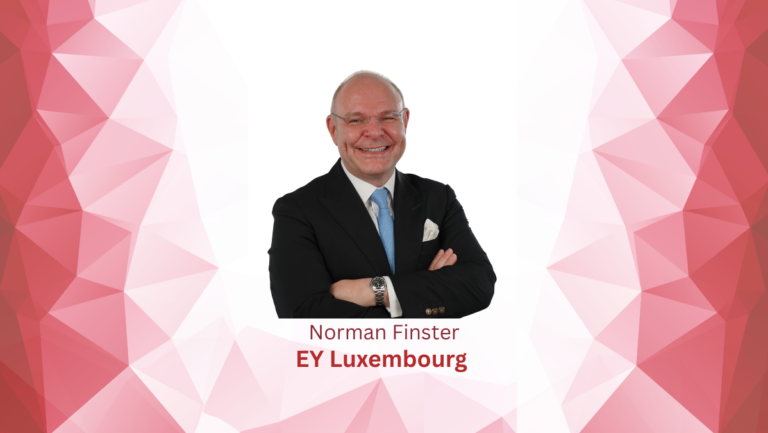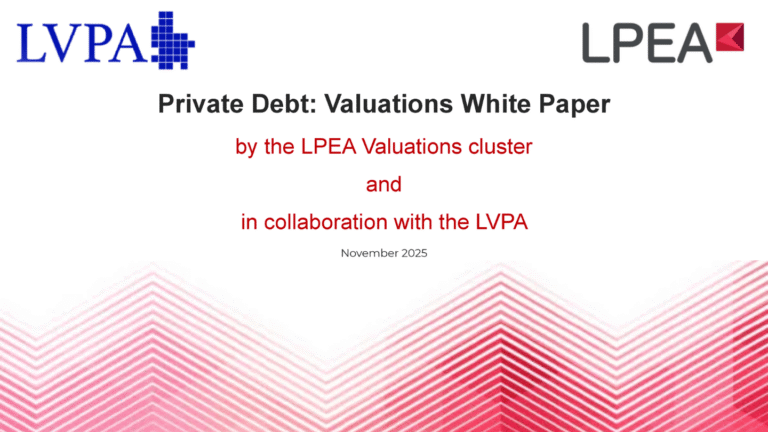Interview with Reji Vettasseri, Lead Portfolio Manager at Private Market Solutions at DECALIA, by Sophie Martinot, Senior Business Developer Fund services at Edmond de Rothschild Asset Management Luxembourg, as published in Insight/Out magazine #33
Could you start by explaining what you mean by the “Golden Age” of private debt?
The thesis is simple: high interest rates and reduced competition from traditional lenders have enabled a jump in private debt returns. Indeed, Preqin data shows private credit has been the best performing private markets asset class this decade, with a 15.8% IRR (vs. 12.8% for PE). But, as monetary policy shifts again, is this a “moment”, an “age” or an “era”? The answer varies by specific strategy.
Within the Golden Age, which phase are we currently in, and why might this particular stage still offer attractive opportunities? Are we running out of time to capitalize on these favorable market conditions?
The maturing phase of a golden age can be the most exciting. Better credit vintages often originate when rates are high and exit as they fall. Ifcontractual returns are locked in at inception, falling rates only support early refinancing (with penalties) and boost upside from features such as warrants.
There is still time to take advantage. Rates are set to fall only gradually. Moreover, while bond traders at their Bloomberg terminals react with electric speed to ECB decisions, private credit deals gestate slowly. Terms can take as much as six months to fully react.
And, the secular case for private debt is as strong as ever. Rates are not headed back to zero any time soon. Private credit is structurally well-positioned to take share over the long term.
Would you say that the private credit market is mostly uniform, or do you see particular segments and strategies that still offer more compelling opportunities for investors?
Yet, selectivity is becoming key. We see an evolving divergence between the large cap private credit “dinosaurs”, forced into commodity business in order to grow, and smaller, specialised firms (the “birds”), who are adapted to thrive in changing conditions.
Looking at today’s winners in private credit, which traits or capabilities set them apart from the rest of the pack, and how do these advantages translate into better returns?
The key features of those still basking in a golden age are: the “swiftness” to deploy quickly and effectively while base rates remain high; the “nimbleness” to swoop on pockets of dislocation; and the “ability to fly” by structuring upside exposure that benefits from monetary easing.
If the genesis of private credit was in the pullback of the banks during the GFC, the late 2010s was its “Cambrian explosion,” when a multitude of new managers sprang to life. Now we are in the age of the dinosaurs, where big funds reach unprecedented size.
Over the five years to 2023, the top 50 firms alone raised a colossal $1.3tn (PDI).
In the golden age, everyone was a winner. But can the giants beat the market as they start to become most of “the market”? Is that even their aim?
You describe the late 2010s as a “Cambrian explosion” of new private credit managers, which has now led to an “age of dinosaurs.” What caused these mega-funds to multiply so dramatically, and what challenges do they face now?
The challenge for private credit firms used to be raising capital: they had to price at a premium to convince LPs to back them. For the “dinosaurs”, the issue is becoming finding enough food to eat: to win more deals they will need to price tighter and convince LPs that that is good enough.
Large cap players primarily focus on direct lending, financing PE buyouts. Other segments from asset-backed lending to growth financing and the smaller end of the market remain underpenetrated.
You talk about specialized strategies in niches like asset-backed lending, smaller company financing, or unique growth deals. Why do these areas remain under-served, and how do they command a higher premium?
Such strategies, providing value-added solutions in less competitive situations, are not subject to commoditisation and can command a sustainable premium. They are also particularly suited to current market conditions.
You recently highlighted three key success factors—swiftness, nimbleness, and the ability to ‘fly.’ Let’s begin with the first: why is speed so crucial in the private credit space?
In private markets, faster deployment generally helps. It allows fund structures to be more efficient. It means LPs have less undrawn commitment hanging over them. And now, with a time-limited opportunity to benefit from elevated base rates, deployment pace is a key differentiator, favouring the specialists.
Direct lending relies on M&A, which is in the doldrums. PE-backed activity in 2023 was at half of its 2021 peak, and most buyouts used less debt. Direct lenders stayed active by taking share from banks; but the banks are now back for the big deals. In H1 24, PE activity was up 9% y-o-y, but bank syndications more than doubled (Pitchbook).
However, other segments are behaving completely differently. For instance, if PE is less active, companies are actually more likely to look for debt to finance growth, boosting demand for growth lending from non-sponsored companies that are ignored by most direct lenders.
To be sure of not missing out, there is also another trick to play: investing in already well-deployed funds. Private credit funds typically fundraise for a year. Some that are mid-way through this period may already be full of deals originated in ideal conditions.
Moving on to the second key factor: how does ‘nimbleness’ come into play, and why is it such a critical advantage for private credit investors?
In the golden age, private credit has been benefitting from subdued activity in the banking and bond markets. When the cycle turns it is important to be aware of what was a permanent retreat and where they were just on a pause.
As we saw in the previous section, there are signs traditional lenders are getting more active again in LBO financing, especially for larger deals. Instead, we prefer segments which traditional lenders have never served well and where deep dislocations have now emerged. For instance:
- Asset-backed lending: A few years ago we warned that asset-backed lending (including RE lending) was frothy. After asset valuations did in fact correct, many lenders were burned and pulled back sharply. Deals can now be originated at higher coupons and lower LTV, based on valuations that actually make sense.
- Credit secondaries: Demand from LPs for secondary liquidity solutions has soared as private credit AUM has grown and reduced M&A has led to a reduction in natural exits. However, the private credit secondary market is still in its infancy. Highly opportunistic deal making is possible, especially for small, specialised credit positions
- Tech lending: The collapse of Silicon Valley Bank in 2023 left a gap in the market that has not yet been filled. Meanwhile, demand for tech lending has increased as companies seek to limit dilution in bottom of the cycle equity rounds. And to make sure they can get it, borrowers have become much more cash flow conscious.
Finally, let’s turn to the third key factor: how does the ‘ability to fly’ distinguish certain private credit managers, and in what ways does it help them tap into additional upside in the market?
Private credit is often assumed to be a capped return strategy. But with the bespoke structuring seen in specialised credit, it is possible to gain upside exposure above contractual minimums. Terms can even be tailored to benefit from a falling rate environment.
One option is to shift from floating to fixed coupons. In an economist’s dream world, this adds no value, as borrowers should fully factor expected rate movements into negotiations. In reality, especially in small deals, they look first at their initial quarterly payments, and arbitrage is often possible.
Pre-payment penalties also help. Borrowers are more likely to refinance early if rates and spreads fall. In loans with strong pre-payment penalties this can meaningfully boost IRR.
A further tool is equity warrants on top of contractual interest. If loans are refinanced early these are crystallised faster. If rates go down, their value also has a greater chance of going up. This is especially the case in rate sensitive segments, giving another reason to overweight asset-backed exposure.
With the current “golden age” of private credit in full swing, what do you see on the horizon as this era evolves?
What follows a “golden age”? The term is originally from Greek mythology, where the progression is to a “silver age” and a “bronze age”. Maybe this is where undifferentiated players will head.
But those who know their Hesiod from their Ovid, will remember that all these stages led up to the “heroic age”, where the famous stuff of legend happened. Life will not be uniformly easy for everyone, but the greatest is yet to come.




